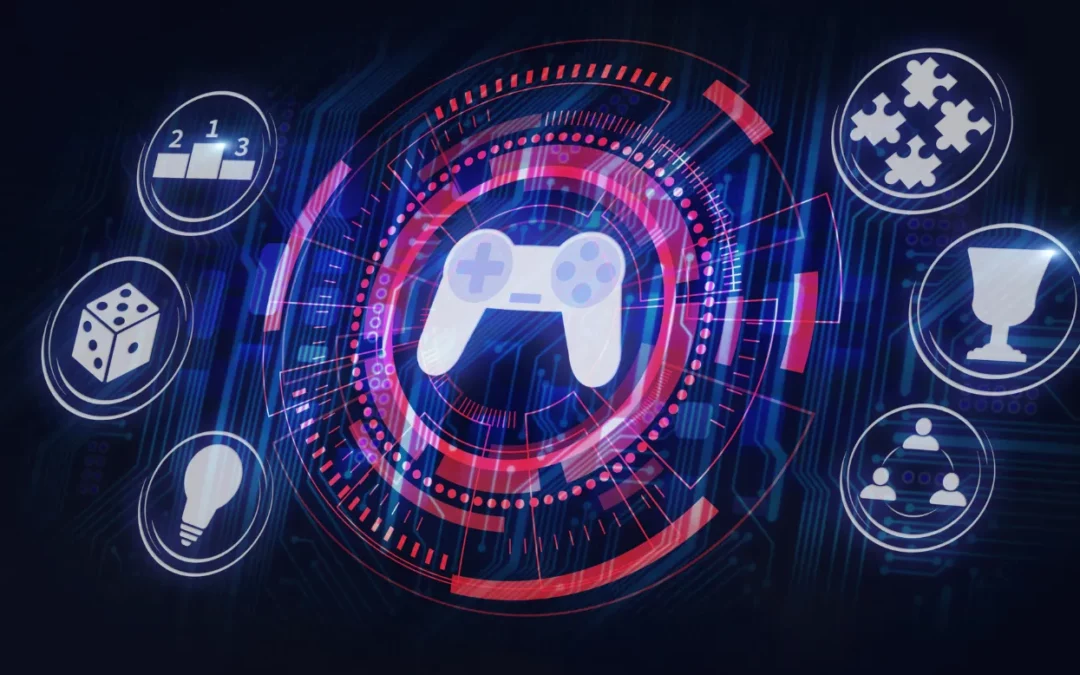Introduction:
Gamification, the integration of game elements into non-game contexts, has emerged as a powerful strategy in marketing. This article explores the role of gamification in marketing strategies, its impact on customer engagement, and effective implementation techniques for brands.
Understanding Gamification:
Gamification involves applying game-like elements, such as points, badges, challenges, and rewards, to non-game activities. In marketing, gamification is utilized to enhance user interaction, foster engagement, and incentivize specific behaviors.
Impact on Customer Engagement:
- Increased Interactivity:
- Gamified elements transform passive interactions into active engagements.
- Users become participants in the marketing experience, leading to increased attention and involvement.
- Building a Sense of Achievement:
- Gamification introduces elements like points, levels, and achievements.
- Users experience a sense of accomplishment, encouraging them to continue engaging with the brand.
Forms of Gamification in Marketing:
- Rewards and Incentives:
- Offering tangible rewards or discounts for completing specific actions.
- This could include making a purchase, referring friends, or participating in a promotional campaign.
- Contests and Challenges:
- Hosting contests or challenges with prizes for participants.
- Challenges could range from creating content to solving puzzles related to the brand.
- Interactive Quizzes and Surveys:
- Gamifying information gathering through quizzes and surveys.
- Users are more likely to participate when presented as a game rather than a traditional survey.
- Progress Bars and Levels:
- Implementing progress bars or levels to track user achievements.
- Users are motivated to reach the next level, encouraging continued engagement.
Effective Implementation Techniques:
- Align with Brand Values:
- Ensure that gamified elements align with the values and image of the brand.
- Consistency is key to maintaining brand identity.
- Clear Goals and Rules:
- communicate the goals and rules of the gamified experience.
- Users should understand what actions are required to earn rewards or progress.
- Mobile-Friendly Design:
- Given the prevalence of mobile usage, ensure that gamified experiences are optimized for mobile platforms.
- This enhances accessibility and participation.
- Community Engagement:
- Foster a sense of community by encouraging users to share their achievements.
- Social sharing of gamified experiences extends the reach and impact.
Measuring the Success of Gamification:
- Engagement Metrics:
- Monitor metrics such as participation rates, time spent, and repeat interactions.
- Analyze how gamification affects overall user engagement.
- Conversion Rates:
- Track conversion rates related to gamified actions.
- Assess how gamification influences user behavior in the conversion funnel.
The Future of Gamification in Marketing:
- Augmented Reality (AR) and Virtual Reality (VR):
- The integration of AR and VR can enhance gamified experiences.
- Brands may explore immersive and interactive elements for heightened engagement.
- Personalization and AI:
- AI-driven personalization can tailor gamified experiences to individual preferences.
- This creates more relevant and engaging interactions.
- Cross-Platform Integration:
- Gamification may extend across various platforms for a seamless user experience.
- Users could engage with gamified elements both online and offline.
Conclusion:
Gamification is not just a trend; it’s a dynamic strategy that captivates audiences and transforms marketing interactions into engaging experiences. Brands that successfully implement gamification are not just promoting products; they are creating memorable and enjoyable connections with their audience.


Recent Comments